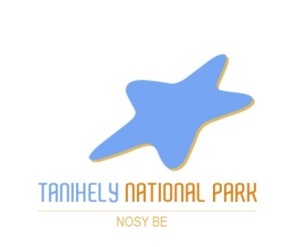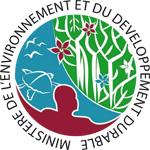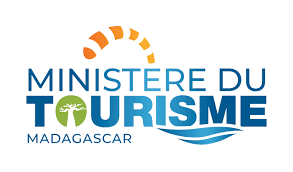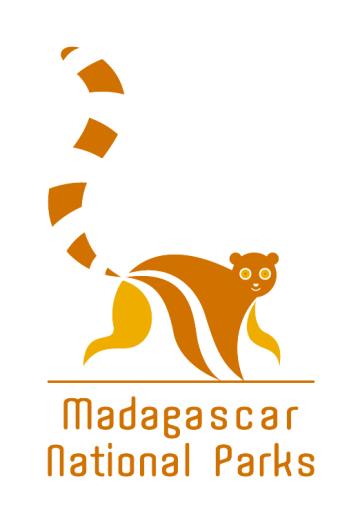
Ecotourism, a vehicle for conservation and sustainable development
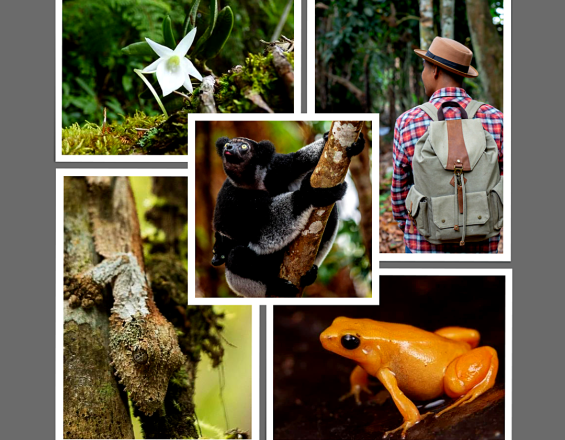
Once fragmented due to pressures resulting from population growth and the development of certain economic infrastructures, the Analamazaotra forest is now preserved. The change in status in 2015 to become a national park has enabled the site to highlight ecotourism activities as alternative solutions to deforestation and species extinction.
As a result, the development of ecotourism has had a direct impact on the stability of the flora and fauna. For example, the reintroduction of six pairs of Varecia variegata editorium in 2004 resulted in an increase of 1.73 individuals per km. In addition, the area of forest cover has been maintained at 815 hectares between 2017 and 2022.
The commitment of direct stakeholders such as local guides, the Commune of Andasibe and various state institutions has enabled Madagascar National Parks to achieve this level.
Impacts
Over the past decade, there has been a major change in the positive behavior of the local community in the outlying areas of Analamazaotra. The valorization of the local community through the value chain has had a positive effect on the conservation of the protected area: 1,500 households live mainly from ecotourism.
In Ananalamazaotra, there are 89 local guides and 23 hotels and accommodations created that employ local people. These tourist activities have also encouraged the development of similar activities, such as the sale of handicrafts and carpentry. This has diversified the sources of income for the local community, reducing its dependence on the exploitation of natural resources.
The fact that the forest cover of Analamazaotra National Park has remained at 815 hectares for the past five years is an indicator of this change in behaviour and of the local inhabitants' commitment to conservation.

